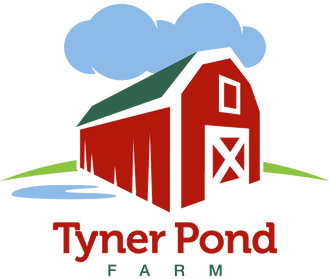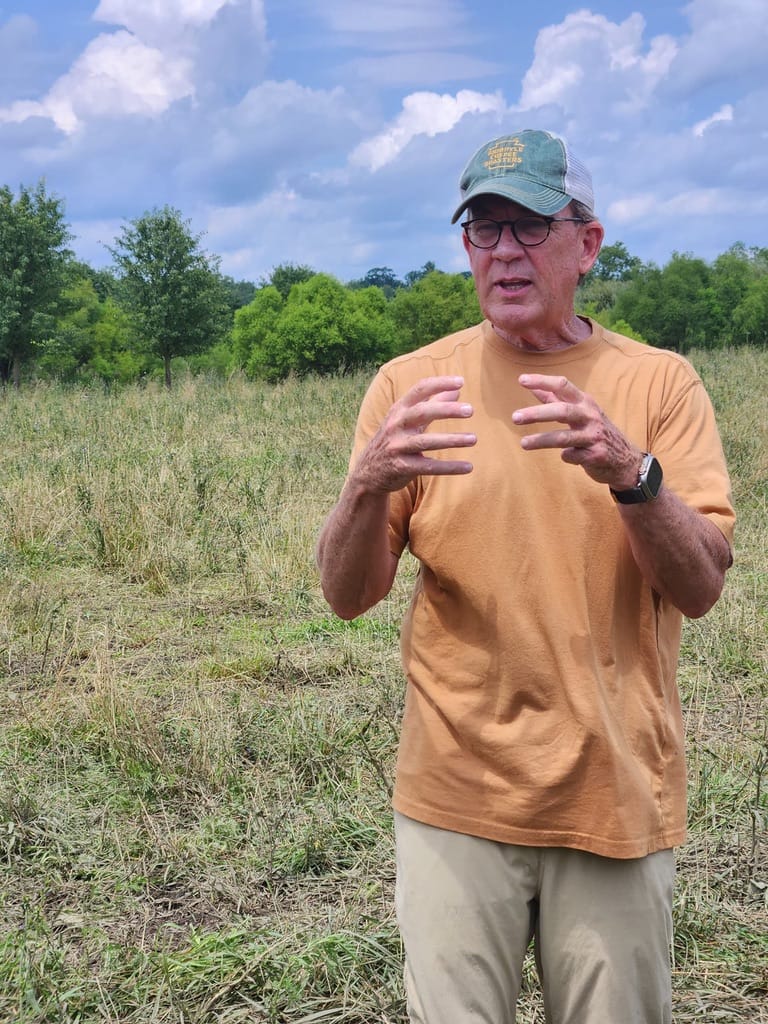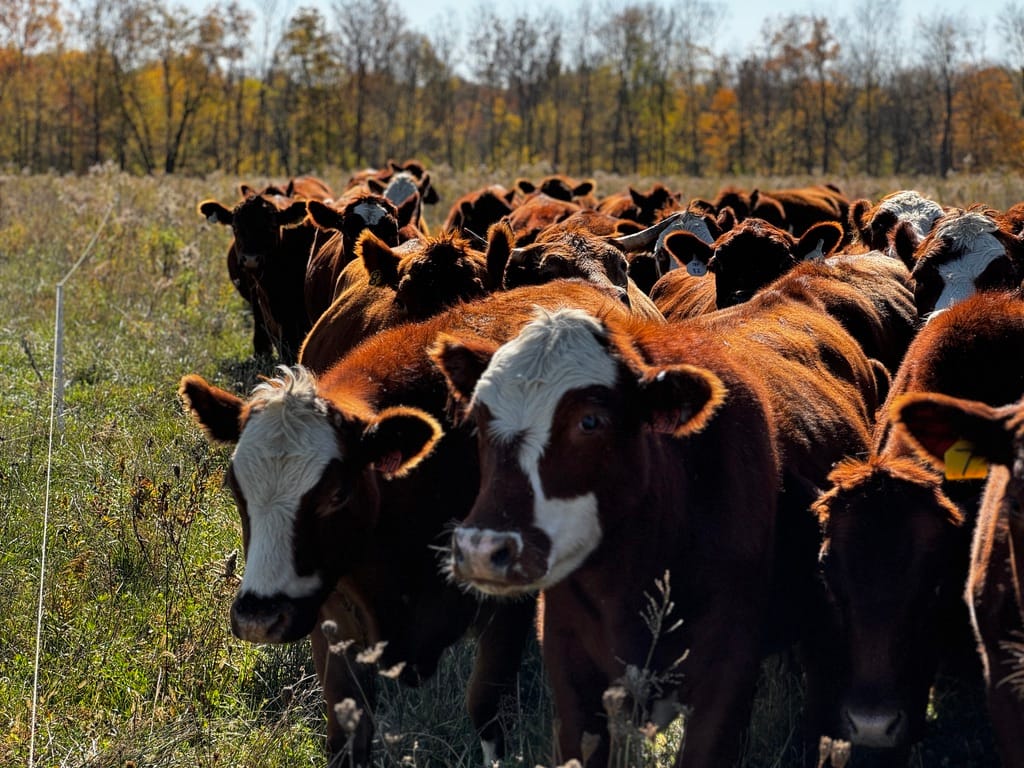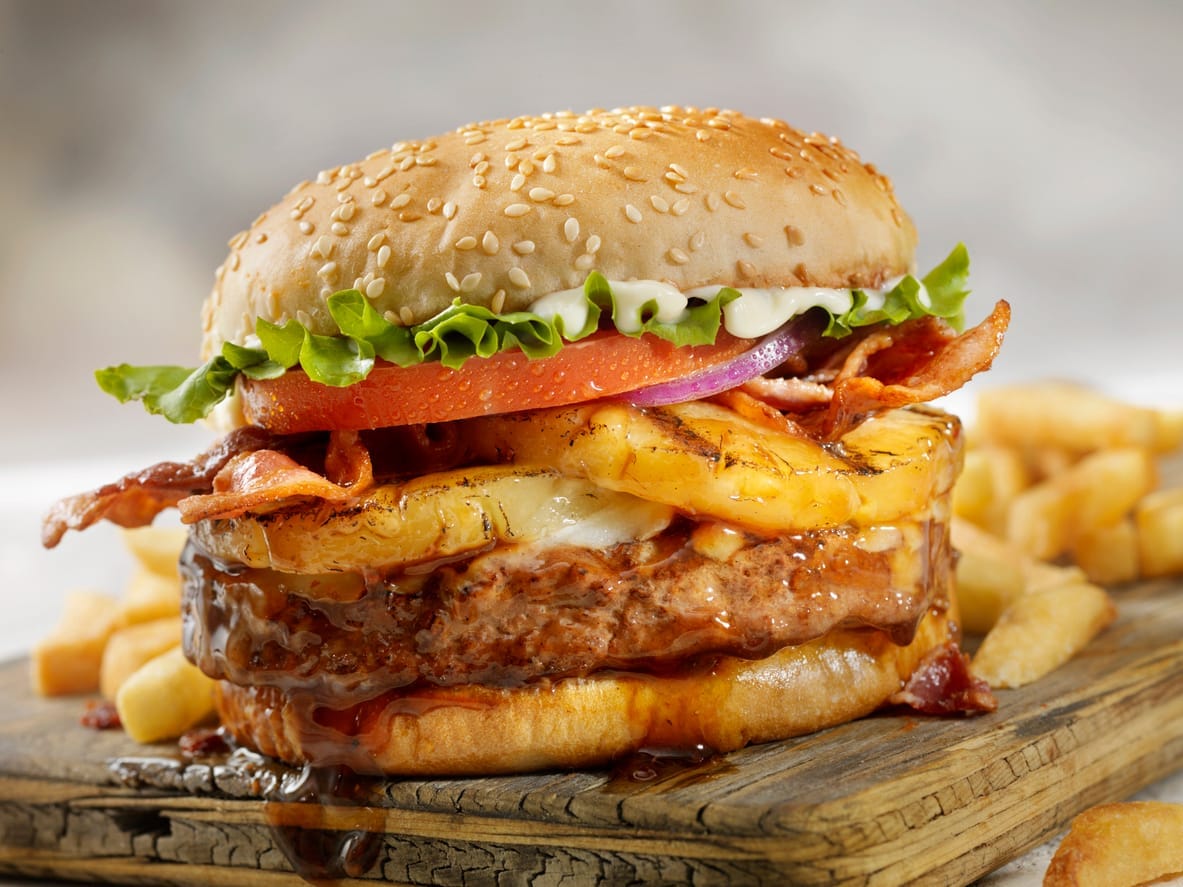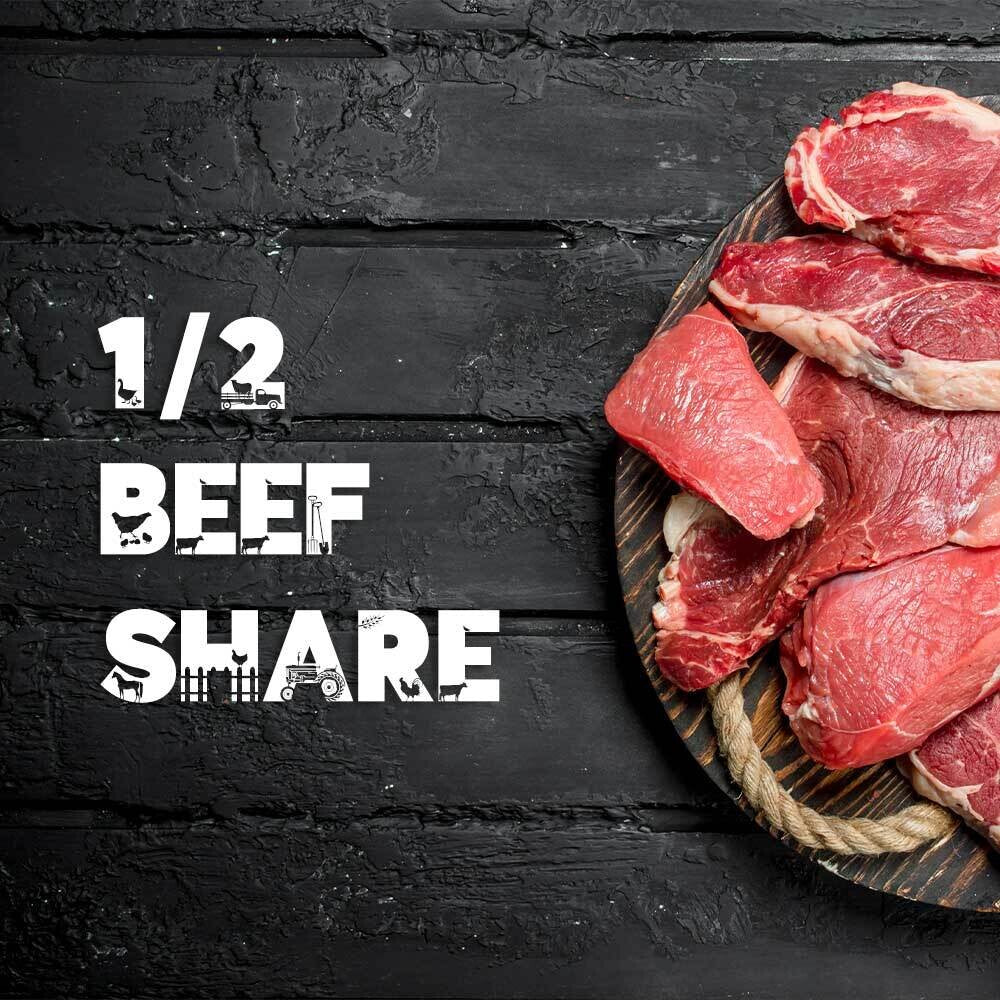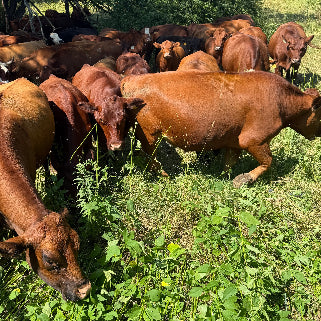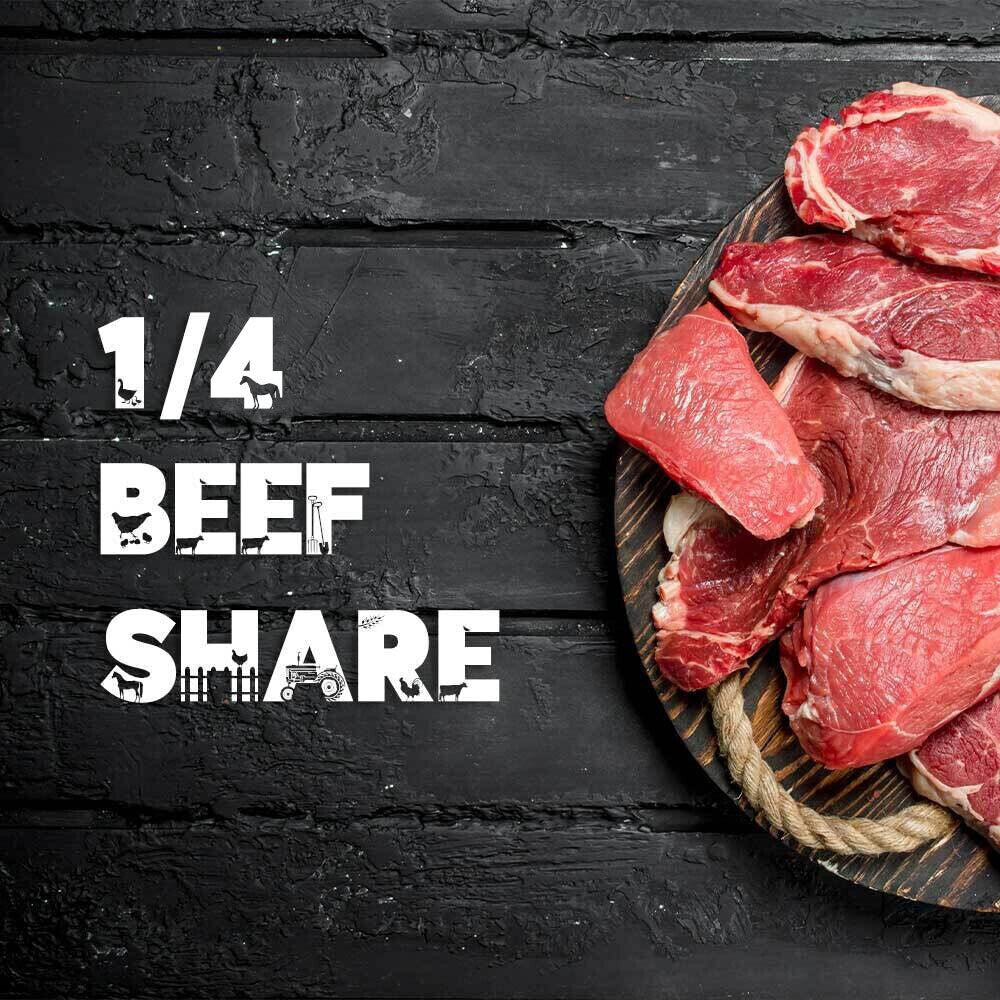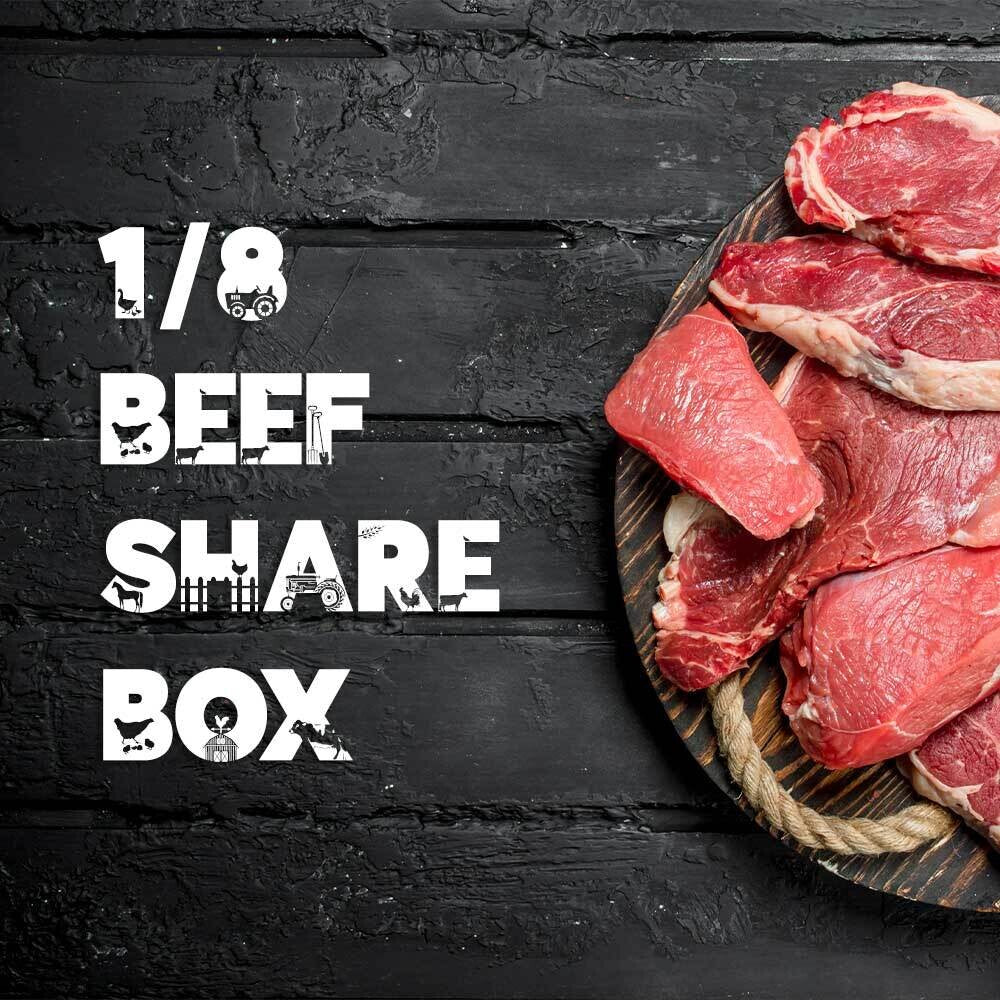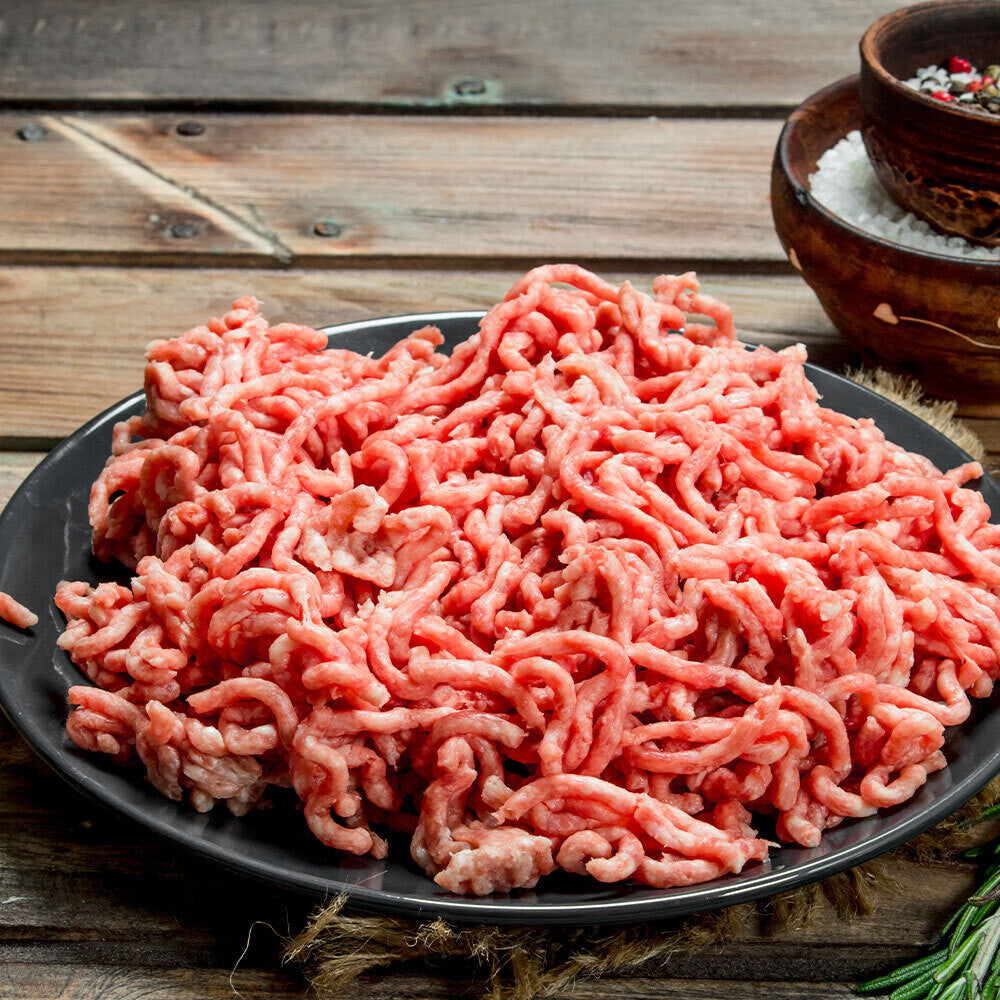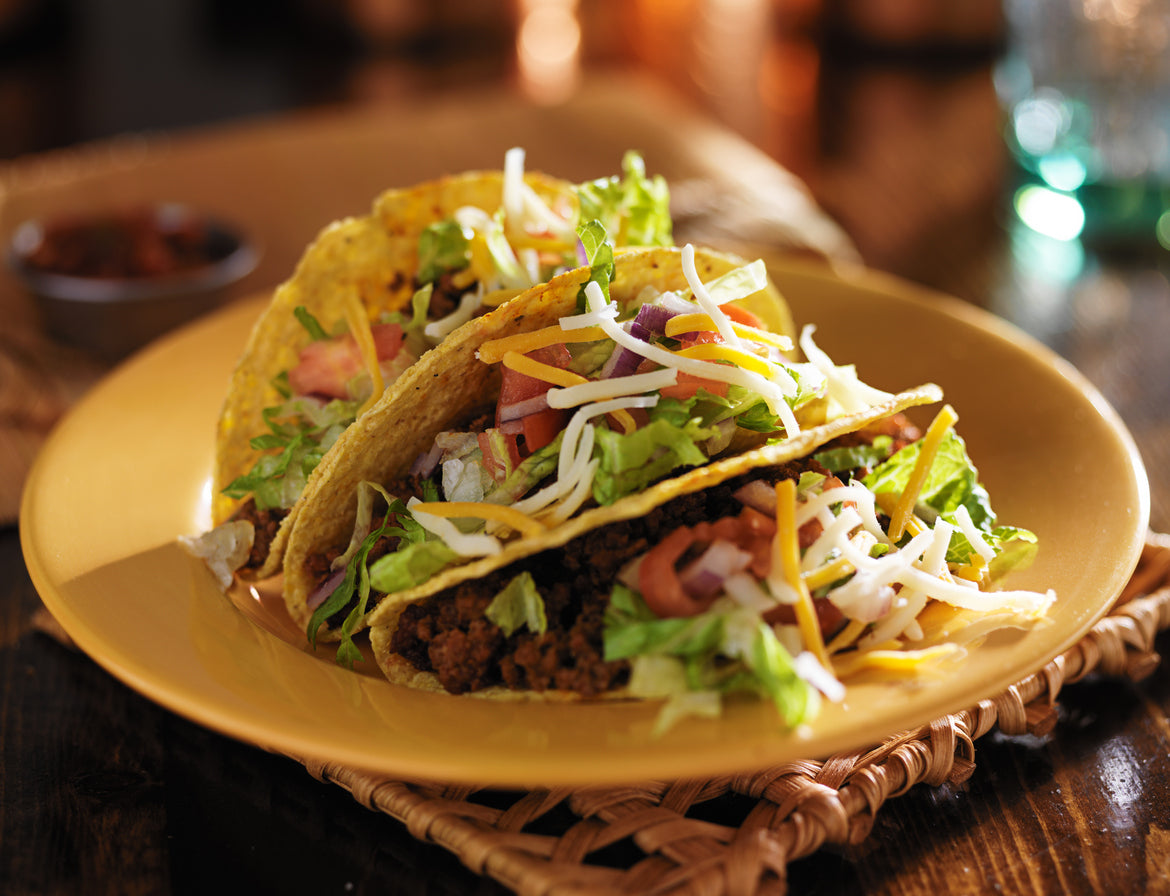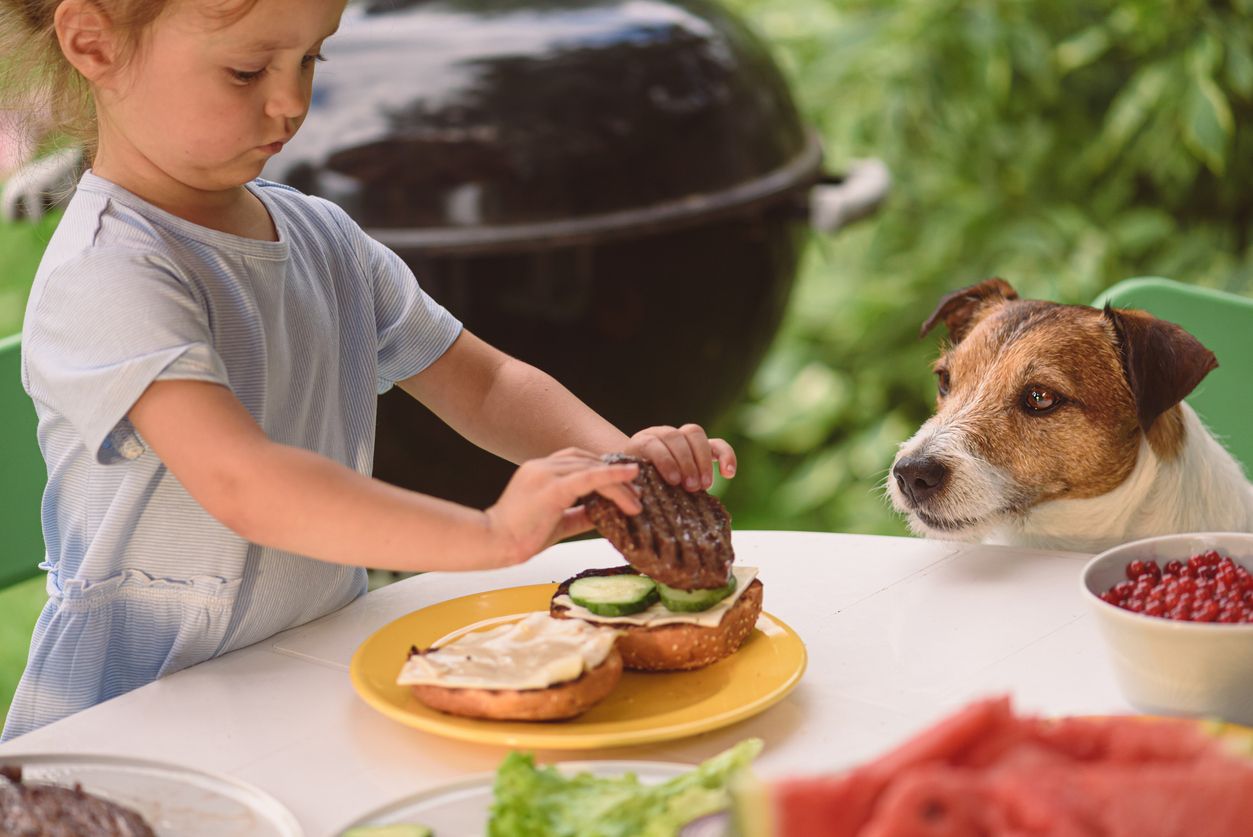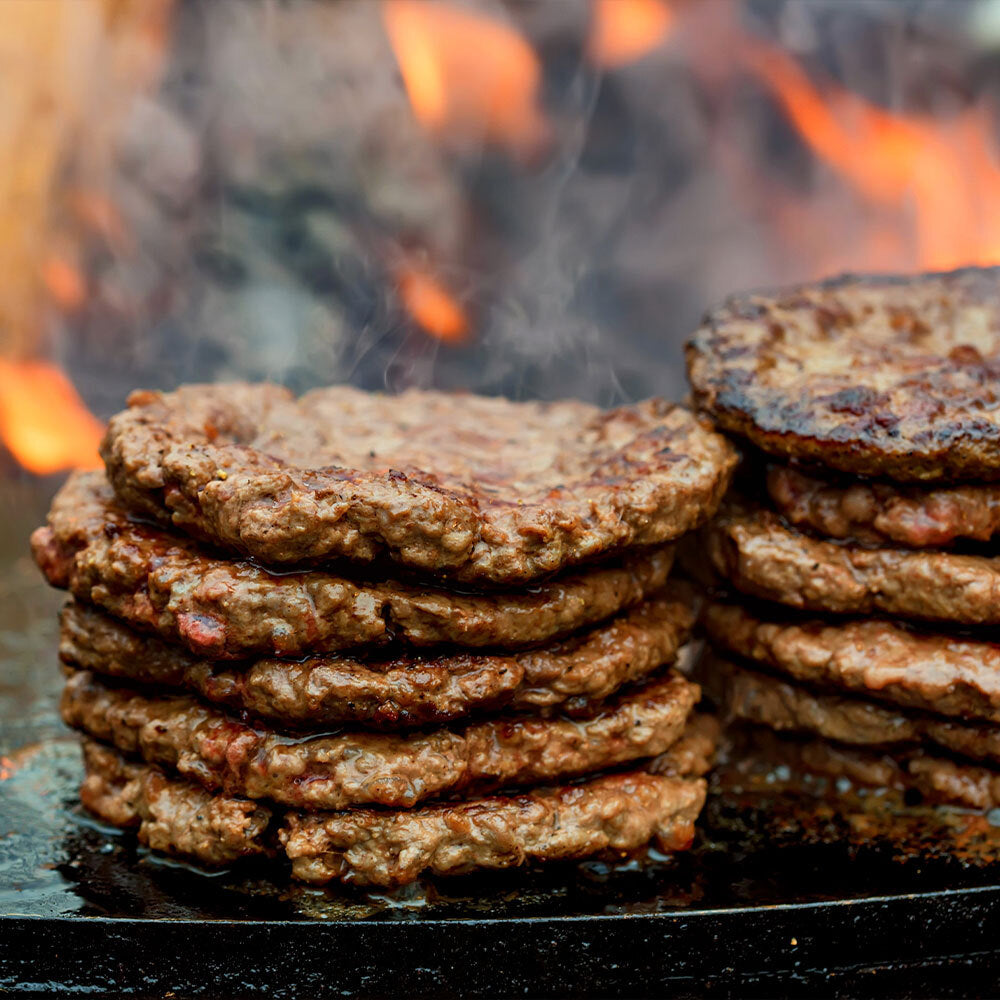
Messy Fields, Healthy Food: The Truth About Regenerative Grazing
The Unconventional Beauty of Tyner Pond Farm: Why We Embrace "Messy" Fields
A pickup truck stopped by our farm a couple of years ago, and a man rolled down his window. Glancing at our fields, he said to my wife, Amy, "Look what they've done to this place...it used to be beautiful." His idea of beauty was the neat rows of crops that blanket much of the our Indiana countryside. Amy, a farmer herself, simply nodded, understanding the disconnect between conventional aesthetics and the true health of the land. At Tyner Pond Farm, we prioritize the unseen beauty of healthy soil and thriving ecosystems over the superficial appeal of neatly trimmed grass. Our pastures may appear unkempt to some, but they're teeming with life – from the microbes in the soil to the diverse plants above ground. This "messiness" is actually a deliberate result of our commitment to regenerative practices.Let's look at what's really happening in this "messy" pasture:
 A diverse diet of grasses and forbs means better-tasting, healthier beef.
Armor for the Soil: The remaining plant matter acts as a protective barrier, shielding the soil from erosion, harsh sun, and wind. This helps retain moisture and fosters a stable environment for beneficial microbes to thrive.
A diverse diet of grasses and forbs means better-tasting, healthier beef.
Armor for the Soil: The remaining plant matter acts as a protective barrier, shielding the soil from erosion, harsh sun, and wind. This helps retain moisture and fosters a stable environment for beneficial microbes to thrive.
- Roots Run Deep: Beneath the surface, undisturbed roots continue to support soil health. These living roots prevent compaction, provide a habitat for beneficial organisms, and help the soil retain water and nutrients. Healthy roots are the foundation of a healthy ecosystem.
- Biodiversity is Key: We move our cattle through the pasture in a carefully planned rotation, preventing overgrazing and encouraging a variety of plants to grow. This approach mimics natural grazing patterns and helps build soil fertility and resilience.
- Nature's Fertilizer: Drug Free Cow manure isn't waste; it's a valuable resource. Rich in nutrients, it replenishes the soil naturally, reducing the need for synthetic fertilizers that can harm the environment.
 This isn't your average lawn, but we like it that way. Our "messy" fields are teeming with biodiversity, creating a healthy ecosystem for our grass-fed beef to thrive.
The next time you see a pasture that looks a little rough around the edges, remember that there's a lot more happening beneath the surface. It's a testament to the hard work and dedication of farmers who are committed to a healthier, more sustainable way of producing food.
This isn't your average lawn, but we like it that way. Our "messy" fields are teeming with biodiversity, creating a healthy ecosystem for our grass-fed beef to thrive.
The next time you see a pasture that looks a little rough around the edges, remember that there's a lot more happening beneath the surface. It's a testament to the hard work and dedication of farmers who are committed to a healthier, more sustainable way of producing food.
Tags:
Previous post
Beyond the Label: Why Tyner Pond Farm Chose the Toughest Grass-Fed Certification
Next post
